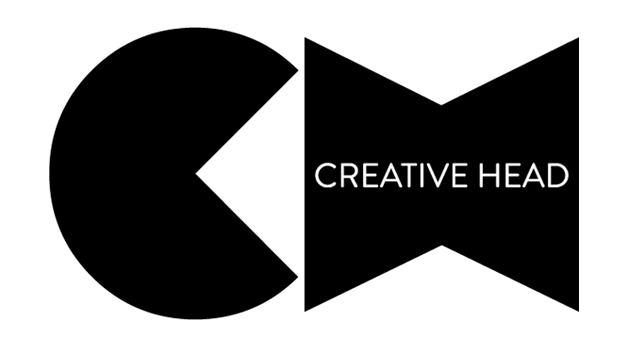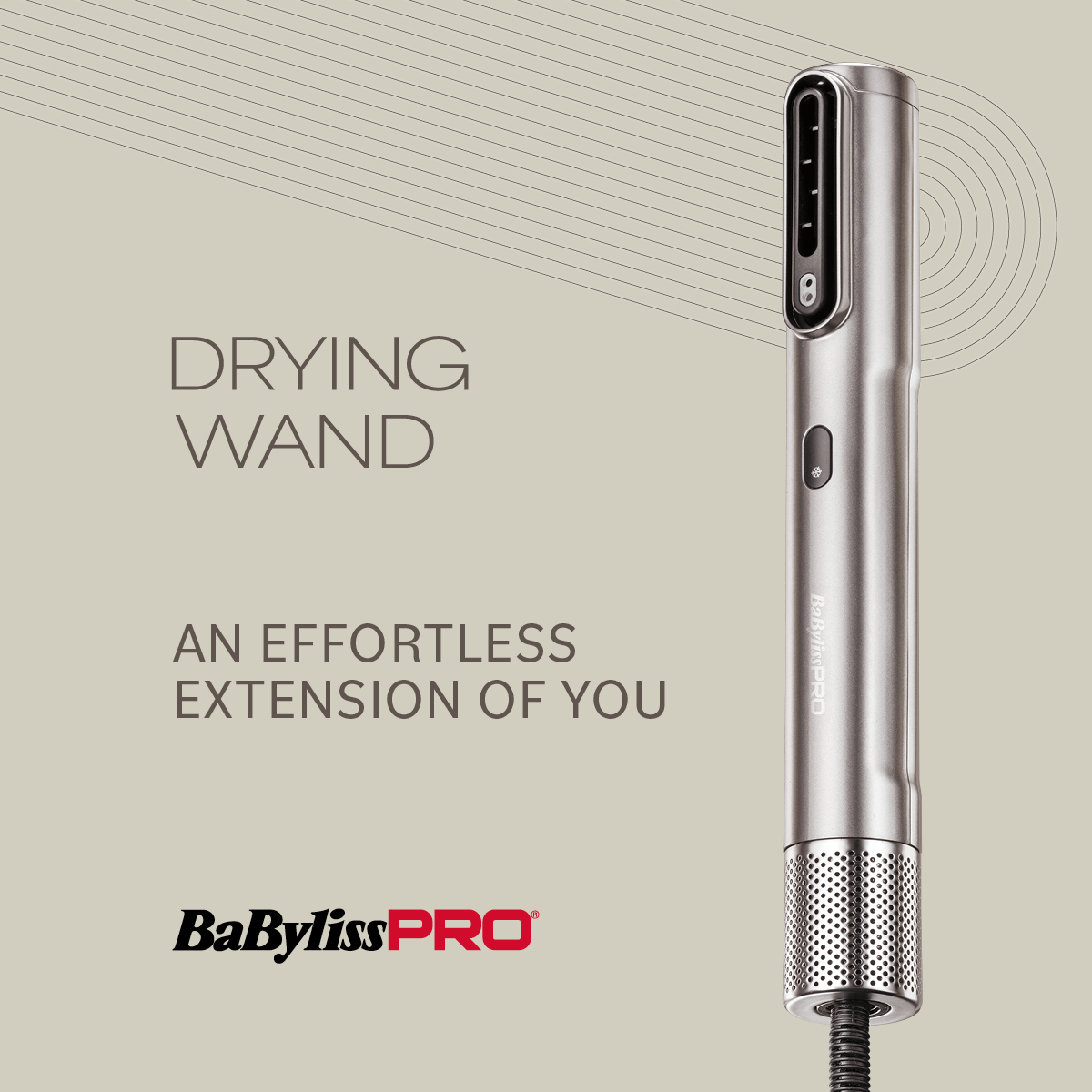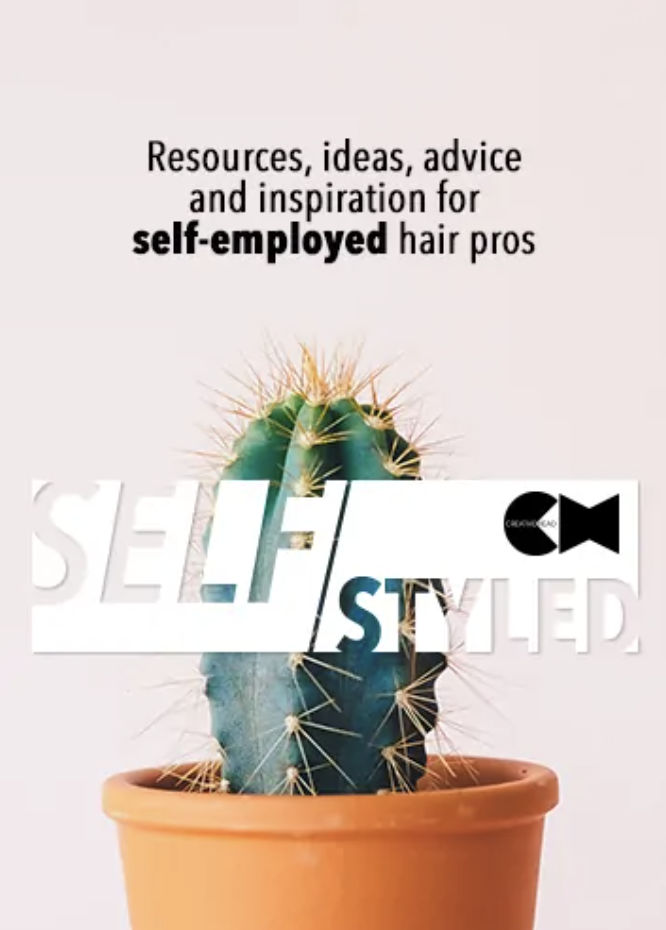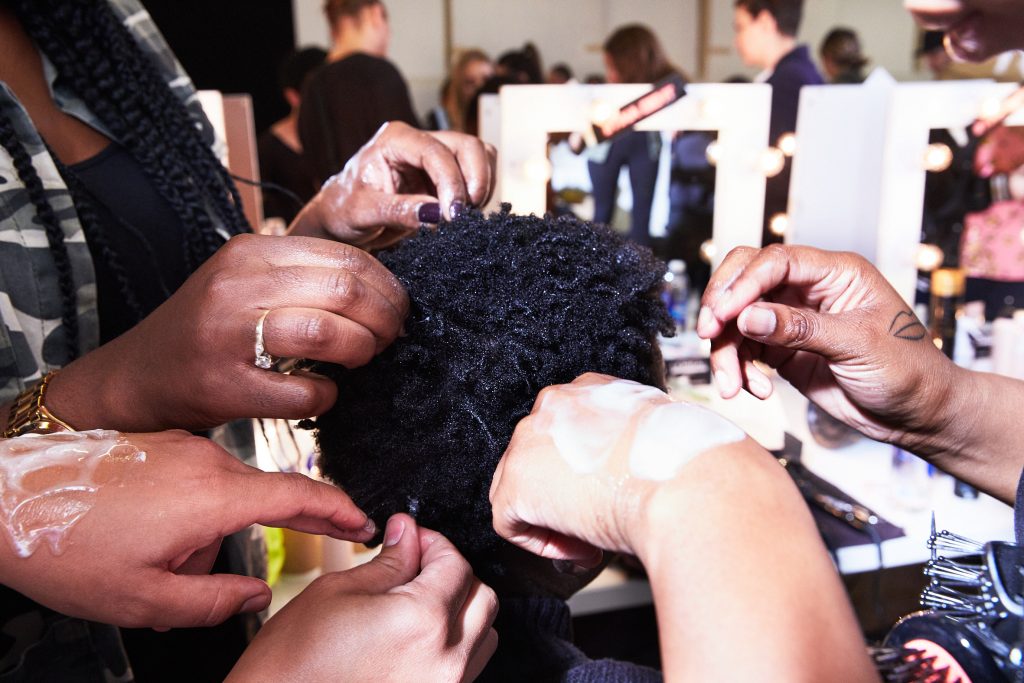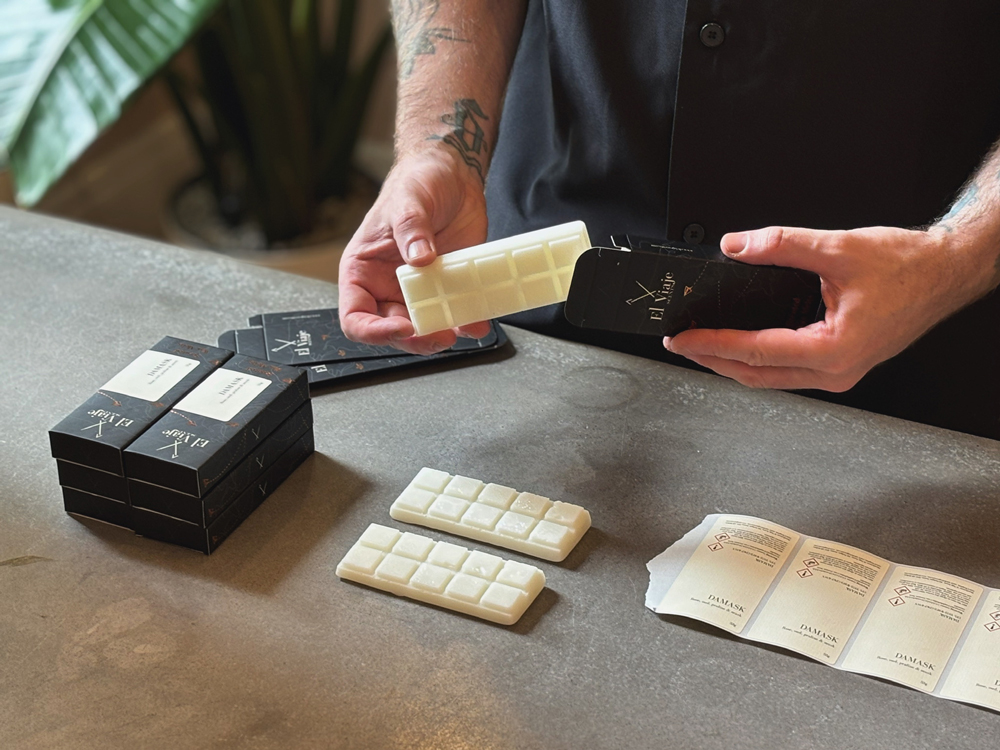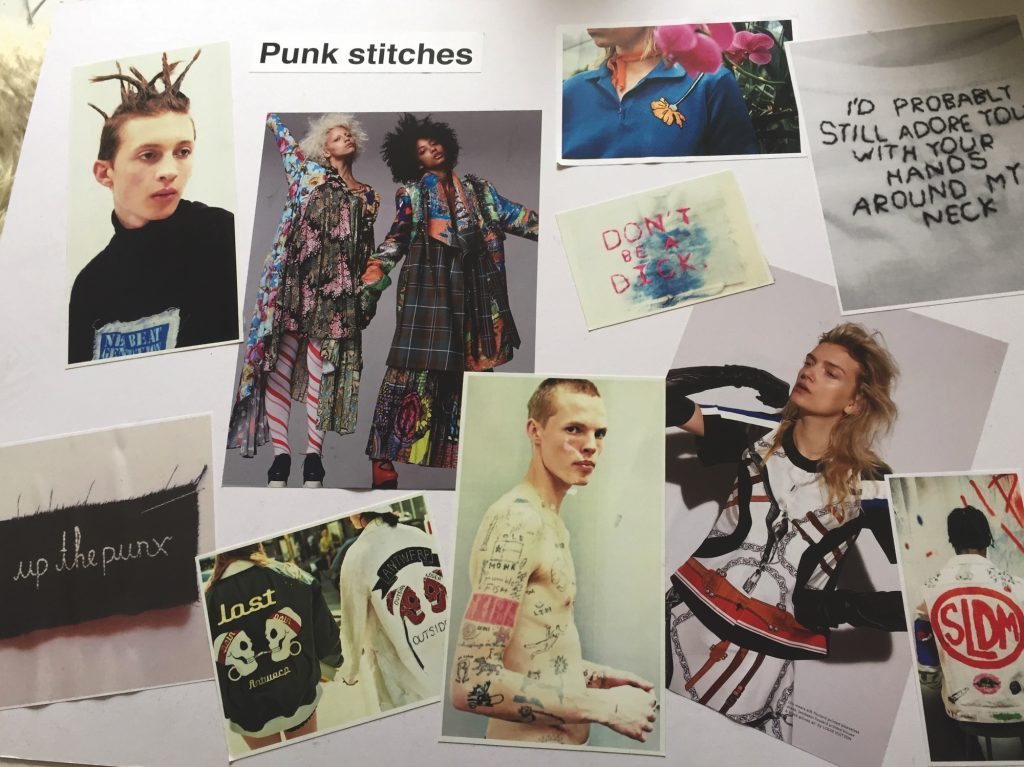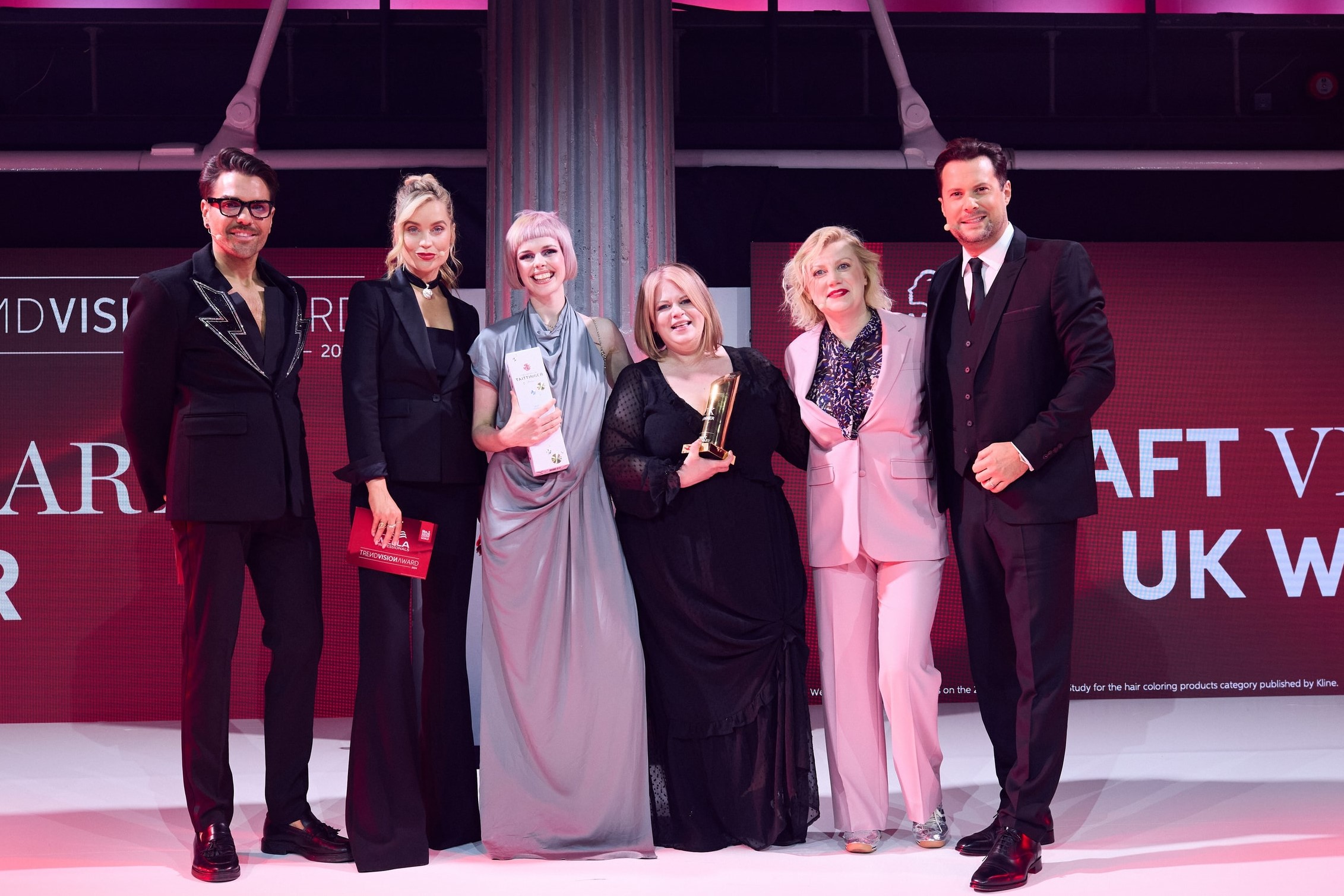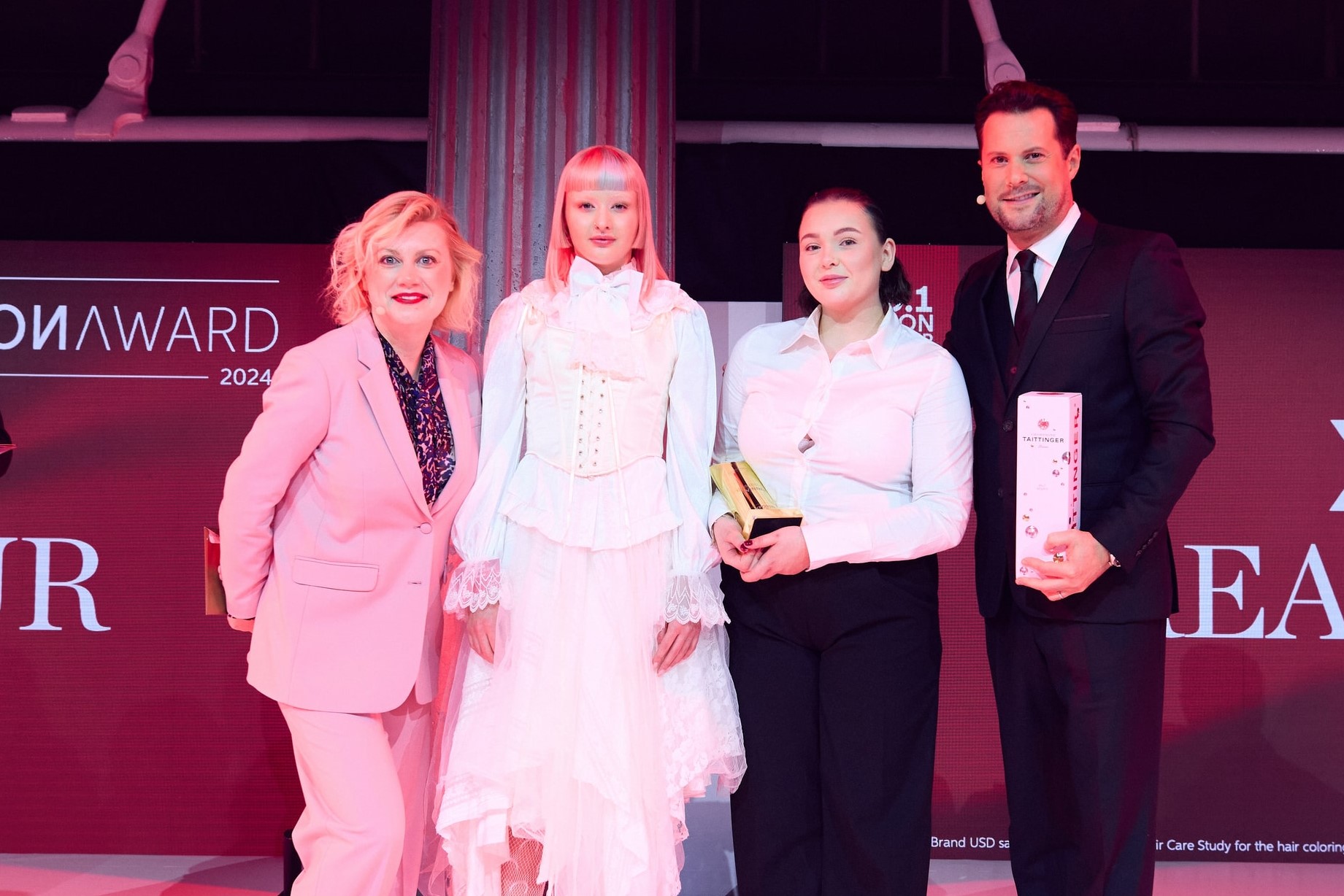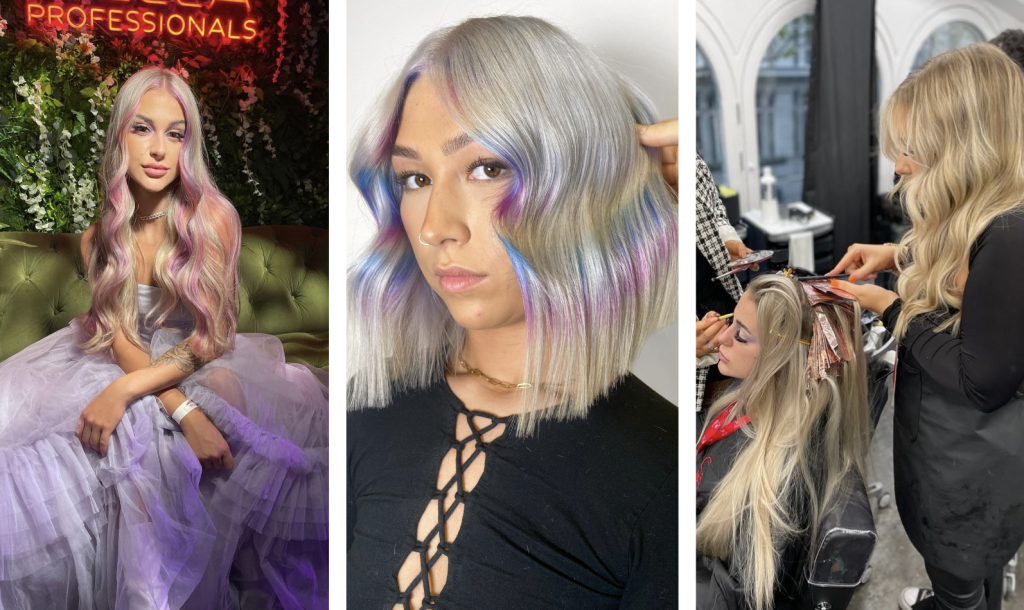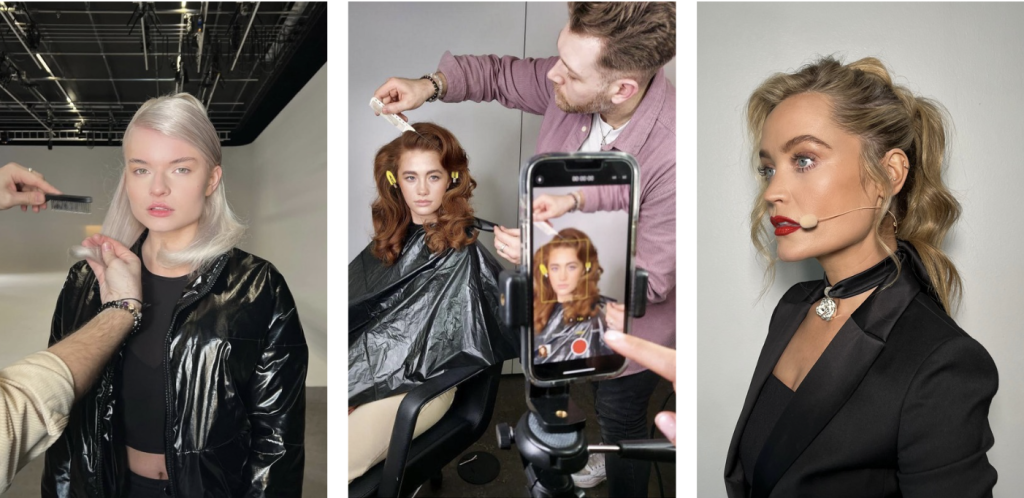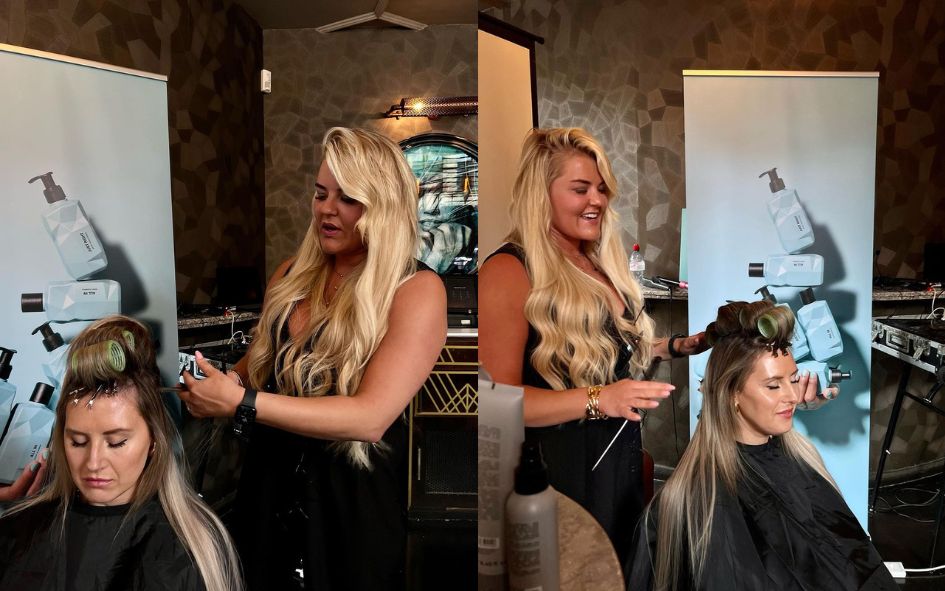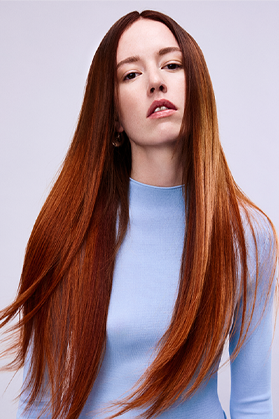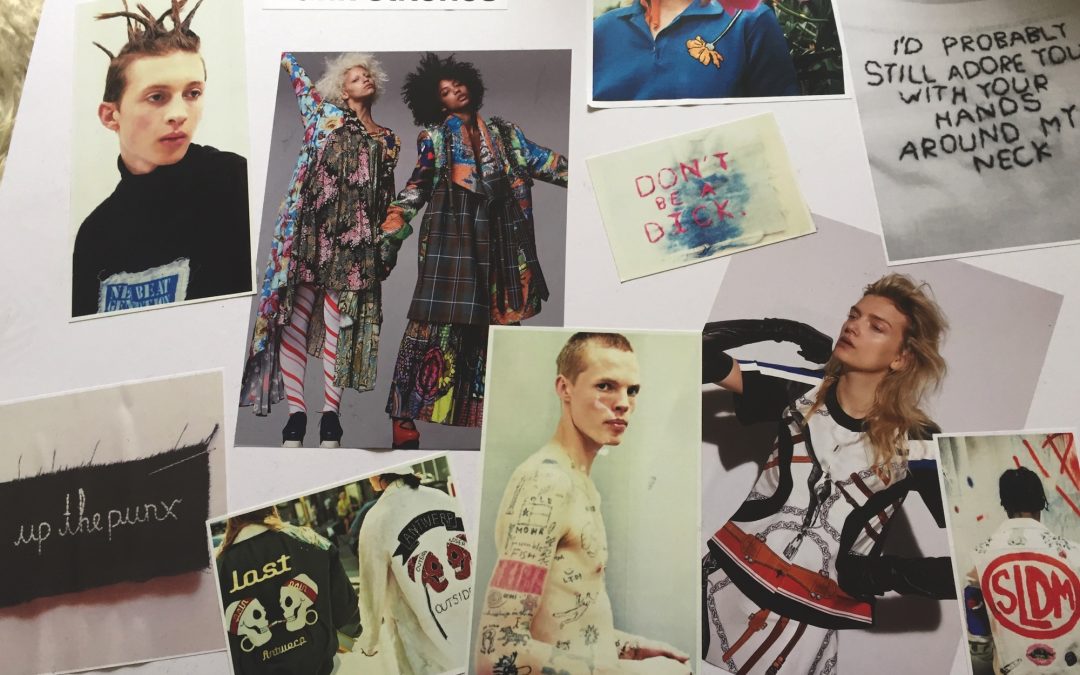
The Cool Huntress
The Cool Huntress
Zoë Irwin is the talented stylist who’s shown us how to predict, name and package hair and fashion concepts in a way that makes journalists swoon and consumers want to buy. Where on earth would this industry be without her?
by CATHERINE | CONVERSATIONS
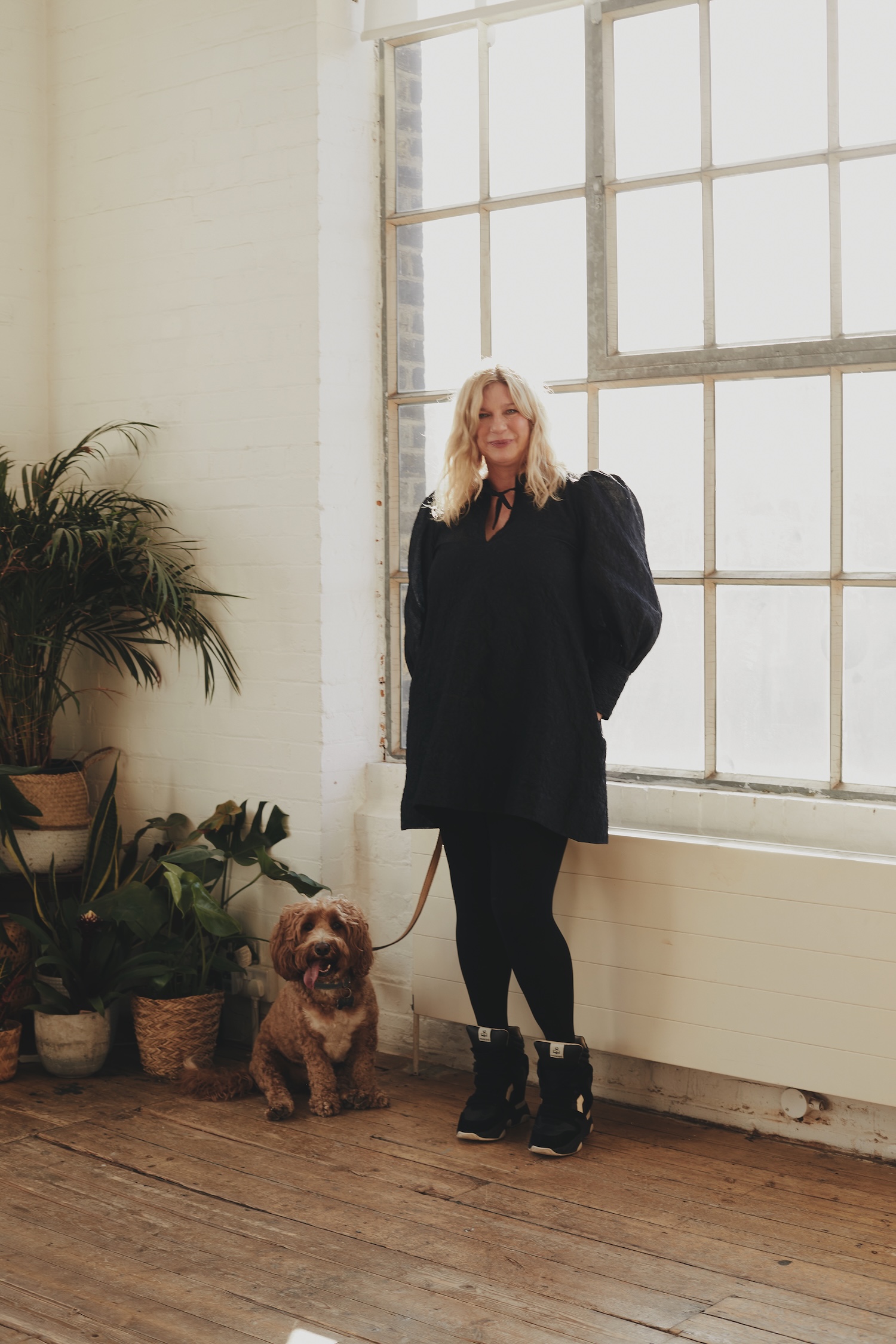 Zoe Irwin Zoe Irwin |
The Independent calls her “the Stella McCartney of hairdressing”. Her Liberty print styling menu caused a beauty blogger meltdown. And such is her industry kudos that John Frieda asked her to join his salon group as creative director. Zoë Irwin is a truly original and inspiring hairdresser, and it’s fair to say the world of hair would look very different without her imprint. Ah, yes, her imprint. Zoë has taught us so much. In 1998 she was one of the first to show that it was possible to combine session and salon work, assisting Guido Palau every season for 10 years, while holding down a series of high-profile roles at top London salons. In 2000 she persuaded top fashion photographer Stuart Weston to shoot a hair collection for the legendary Soho salon, Stage Door, where she was creative director, paving the way for a whole new wave of hair and fashion collaborations to follow (previously, the hair world had not been deemed cool enough for fashion photography). And from the get-go she has drilled into us how translating trends from the world of fashion into consumer-friendly hair services can unlock lucrative new revenue streams for our hairdressing businesses. Oh yes, this girl means business. Zoë’s work blends traditional technique, honed over her remarkable 40-year career, with new concepts developed from her deep understanding of youth culture – she plays with fabrics, language, colour and more, always staying one-step ahead of the game. As a result, brands, magazine editors and fellow stylists have sought out her creative direction and predictions, which are always expertly referenced, emotively named and beautifully packaged. |

The Independent calls her “the Stella McCartney of hairdressing”. Her Liberty print styling menu caused a beauty blogger meltdown. And such is her industry kudos that John Frieda asked her to join his salon group as creative director. Zoë Irwin is a truly original and inspiring hairdresser, and it’s fair to say the world of hair would look very different without her imprint.
Ah, yes, her imprint. Zoë has taught us so much. In 1998 she was one of the first to show that it was possible to combine session and salon work, assisting Guido Palau every season for 10 years, while holding down a series of high-profile roles at top London salons. In 2000 she persuaded top fashion photographer Stuart Weston to shoot a hair collection for the legendary Soho salon, Stage Door, where she was creative director, paving the way for a whole new wave of hair and fashion collaborations to follow (previously, the hair world had not been deemed cool enough for fashion photography). And from the get-go she has drilled into us how translating trends from the world of fashion into consumer-friendly hair services can unlock lucrative new revenue streams for our hairdressing businesses. Oh yes, this girl means business.
Zoë’s work blends traditional technique, honed over her remarkable 40-year career, with new concepts developed from her deep understanding of youth culture – she plays with fabrics, language, colour and more, always staying one-step ahead of the game. As a result, brands, magazine editors and fellow stylists have sought out her creative direction and predictions, which are always expertly referenced, emotively named and beautifully packaged.
“Zoë’s work is inimitable in that her references offer deep knowledge of her craft – historically, socially and culturally. Her references start not with a trend but from the bare basics of where a style began and she is a teacher to us all (a 1960s style; ears will be covered, stemming from The Beatles).” Ellen Burney, Vogue contributor
“What’s been key to my career is how each different part embellishes the others,” says Zoë. “By doing the shows with Guido, I was seeing hair trends six months ahead of time, and because I worked in a salon, I was able to turn that into something for my clients, which other session stylists couldn’t do because their world was quite separate back then. I started launching styles with names and a whole feeling behind them because that was how Guido worked; it was always about the concept of character. So, for example, for the hair at Chloë, we didn’t tong like we did in the salon. Guido would explain it was as if the woman was looking in the mirror getting ready, so she’s going to do this, and this. And that’s how I learned to tong. It wasn’t the technical way, it was with character.”
This creative foresight, coupled with her ability to build stories around hair that incorporate trend, fashion and historical context, instantly made Zoë a favourite among the beauty press – but not without some clever strategic thinking, too. “I was very young back then and competing for page space with big-name hairdressers, so I decided to target the interns – to do their hair and tell them about my ideas. And most of those young girls have gone on to land the top jobs in beauty, and we’ve remained genuine good friends along the way, mainly because I’m such a fan-girl about journalists and I just love spending time with these women.”
Hannah Betts (The Times, The Telegraph), Rose Beer (ES magazine), Amy Bannerman (pre-loved style director at eBay)… Zoë is friends with them all, but is also aware that they are highly knowledgeable about beauty and that every new trend she launches needs to be authentic and impressive – something she is at pains to teach other hairdressers. “Imagine Vogue is going to call you tomorrow and ask you about fringes,” she declares. “What are you going to say? You can’t use ‘hairdresser speak’! The language you use has to translate into something they can write in their magazine. So, I try to bring that out of my students, getting them to spend a lot of time describing a specific shade of blonde, for example.”

A self-confessed “hair nerd”, Zoë has always fully immersed herself in whatever task she set herself. She learned French so she could study hairdressing in France (her impressive chignon is what led Guido to invite her to join his team); she went to Milan to study trends; she signed up for Central Saint Martins’ Cool Hunting course and studied Fashion Journalism at the London College of Fashion. It has all paid off – handsomely. “In the hair world, being a creative director means you’re part of the art team, but for me, being a creative director is about creatively embellishing the salon. I realised quite quickly that if I learn about things, then I can design something, and with my press contacts I can get it published.”
And what success! For Headmasters, she launched the Kitten Haircut, featuring a new silhouette inspired by Paris Vogue shoots with Guido (Vogue, ELLE, The Sunday Times). For Hari’s, she designed Cobain Chic, a dip-dye colour treatment aimed at attracting a younger clientele (Vogue, Grazia); the Prada Laced Nail, based on the intricate dress designs of the season (Sunday Times Style); and Skin & Hair Salads, nutritional foods and juices targeting different hair types (Vogue, Harper’s Bazaar, Tatler and Grazia). Then, for Taylor Taylor in Liberty, it was the Tie it Up menu that breathed new life into the store’s heritage prints with strips of fabric woven into Frida Kahlo-esque up-dos (Tatler, Harper’s Bazaar). And for John Frieda, it’s been the Liquid Brunette mocha-noir colour service (The Telegraph) and the fawn-inspired Bambi Blonde (too many titles to mention – this one went stratospheric!), among others. But achieving so much press success doesn’t make life easier for Zoë: “When something goes big, it creates huge pressure for the next trend. John Frieda’s is a big name and I don’t want to let the team down. But [salon owner] Nicola [Clarke] is super-encouraging. We collaborate a lot on naming the trends and coming up with the right language to use around them.”
Staying relevant over a period of 40 years is difficult in any industry, but in Zoë’s role, the pressures become especially enormous. She’s mastered the art of spotting trends, but what about more practical things, like social media?
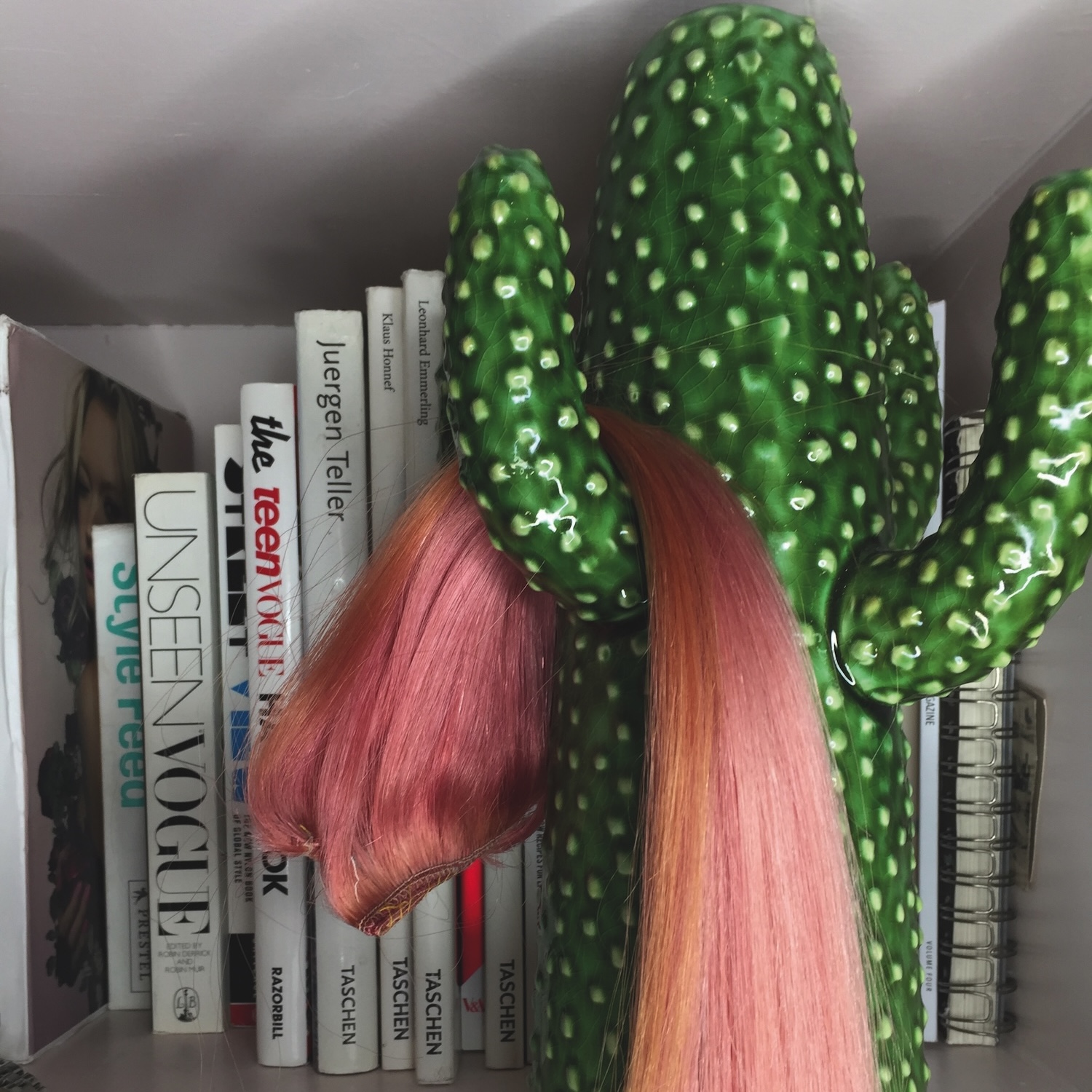

“I feel like social media has come along and made everything very difficult because brands are just obsessed with numbers. It puts us under insane pressure,” says Zoë. “And what breaks my heart is that to satisfy the KPIs people want now is not necessarily about being creative. So, I can do a really beautiful shoot, and it will flop, while someone will film themselves clowning around, and it will attract a big audience. I know that’s how it works, but I just can’t bring myself to do that.”
“Five, 10 years ago, my Instagram used to represent who I was and I’d never lose the job. Now I feel like I have to produce work that I hope will satisfy some brands and I’m not sure I can do that while maintaining my integrity. I grew up doing beauty shoots with Tatler and Glamour and everything looked editorial and pretty, but that doesn’t work on social media. Things have got to be shot through a phone and look raw, and I think a lot of hairdressers of my generation really struggle with that rawness.”
Teaching and inspiring young hairdressers is a passion of Zoë’s – and one that has never diminished throughout her career. In 2002 she co-launched Project X for the Fellowship for British Hairdressing, a programme that encouraged aspiring young stylists to incorporate influences such as art and architecture into their work. Now, the Fellowship have asked her to return, in a new role that will see her look after the organisation’s colour teams.

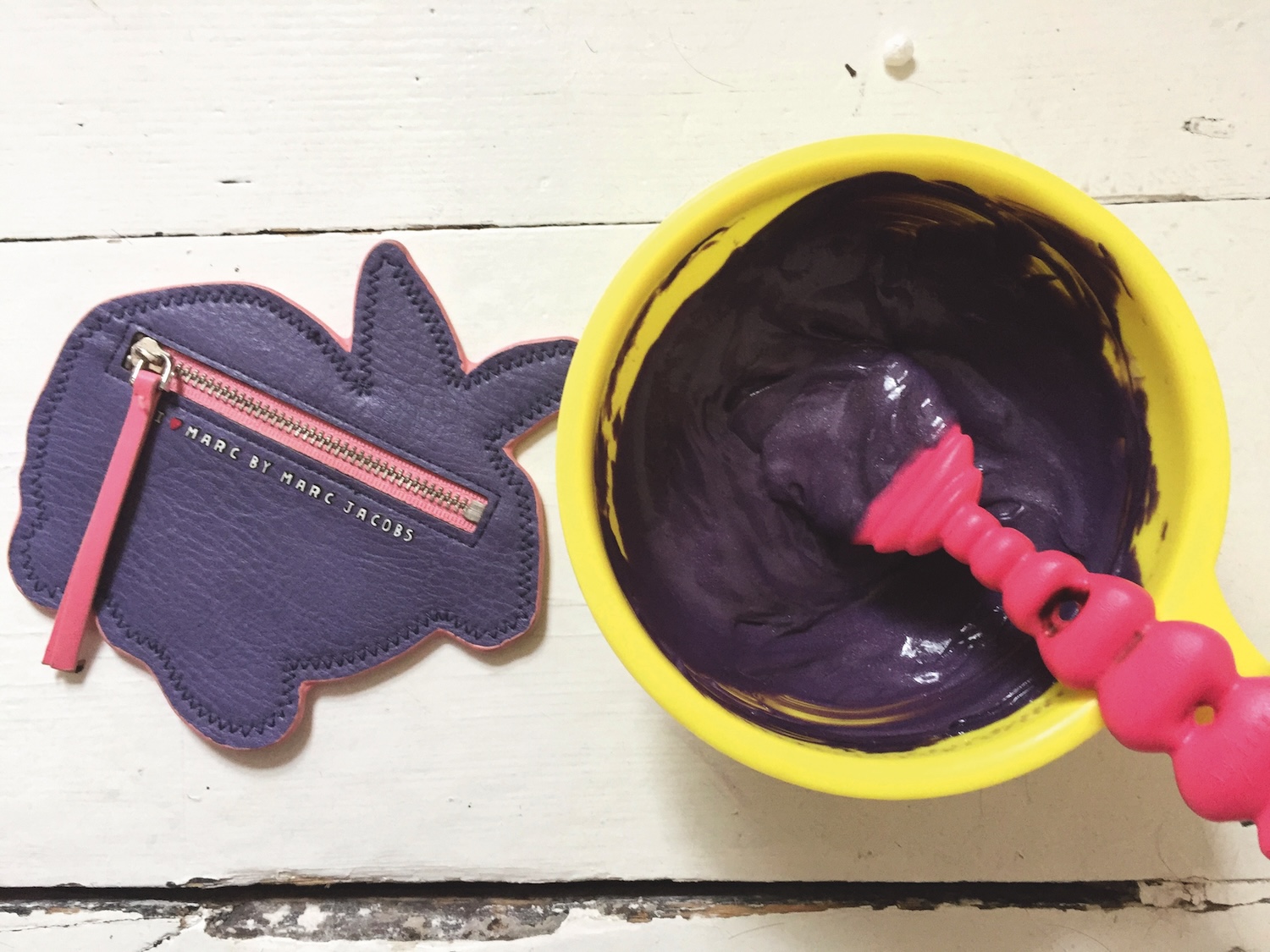
“Initially they asked me if I wanted to go back into Project X, but I was like, ‘You know what? I want to do something different’. So, I want to do colour, but I want to do colour my way, and I’m really excited about it. I find education very fulfilling. I have people come up to me and say, ‘I did your class 25 years ago, and I still really love it’. And the other day someone came up to me from Headmasters and said, ‘Everyone wants you back for a seminar’. When I’m teaching people, that’s where my complete obsession with hair comes across.”
Having recently moved out of London to Hastings, where she’s been able to buy her home outright (“I had found myself taking on jobs I didn’t want to do because of needing money, so I decided to take away that worry”), Zoë is finding a sense of fulfilment in this new phase of her career, people-watching on her commute to work and studying life-coaching. “Things feel more peaceful,” she says. “I have the luxury of time to really look at things that I’m interested in.”
And when she looks back at her incredible 40-year career to date, Zoë feels nothing but happiness. “I feel like relationships are formed in hairdressing that are truly magical – we’re like a family that has basically grown up together. And this industry has always allowed me to go outside, explore other worlds, and then bring what I’ve learned back into the fold. It’s always given me the freedom that I’ve wanted, and I have never, ever been bored. I’ve been accepted.”
